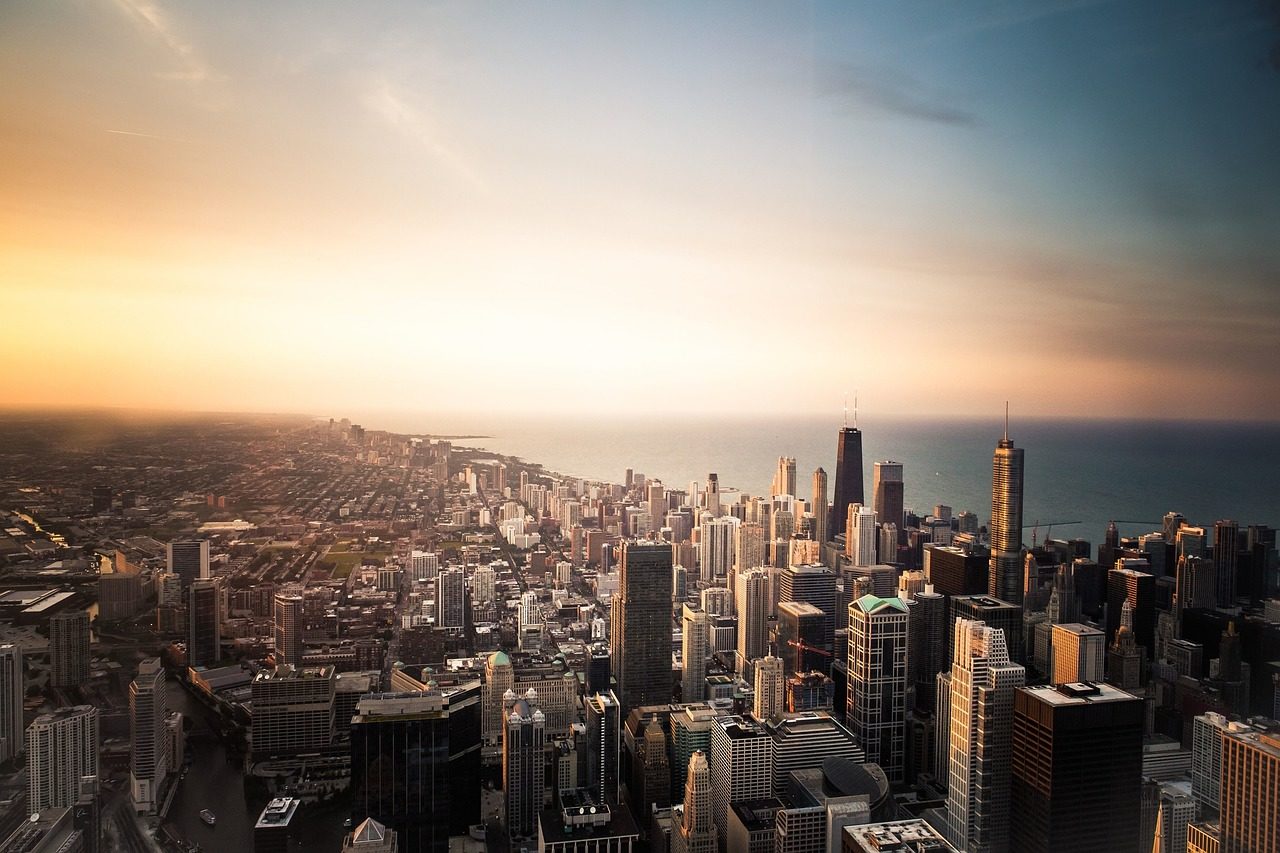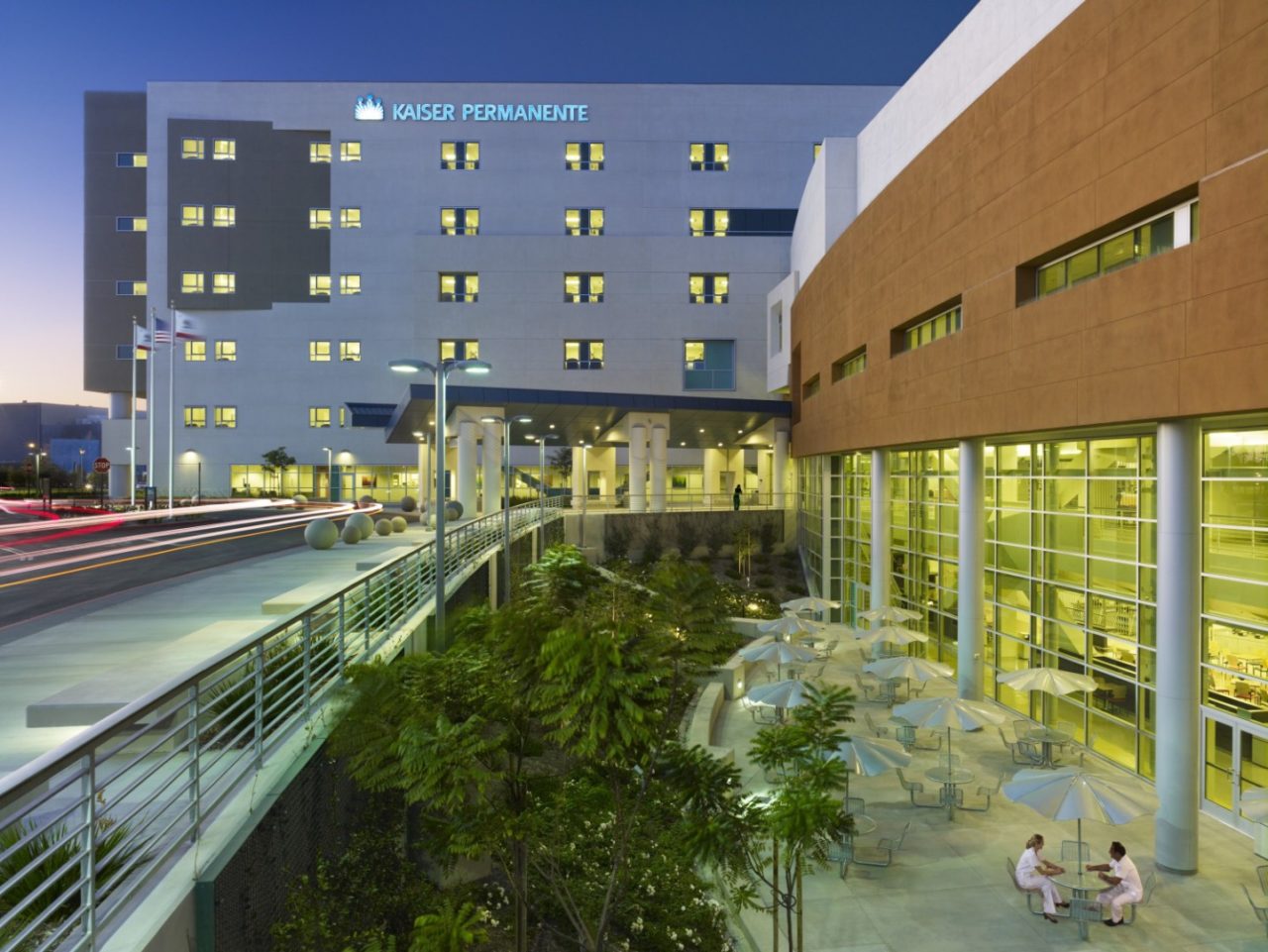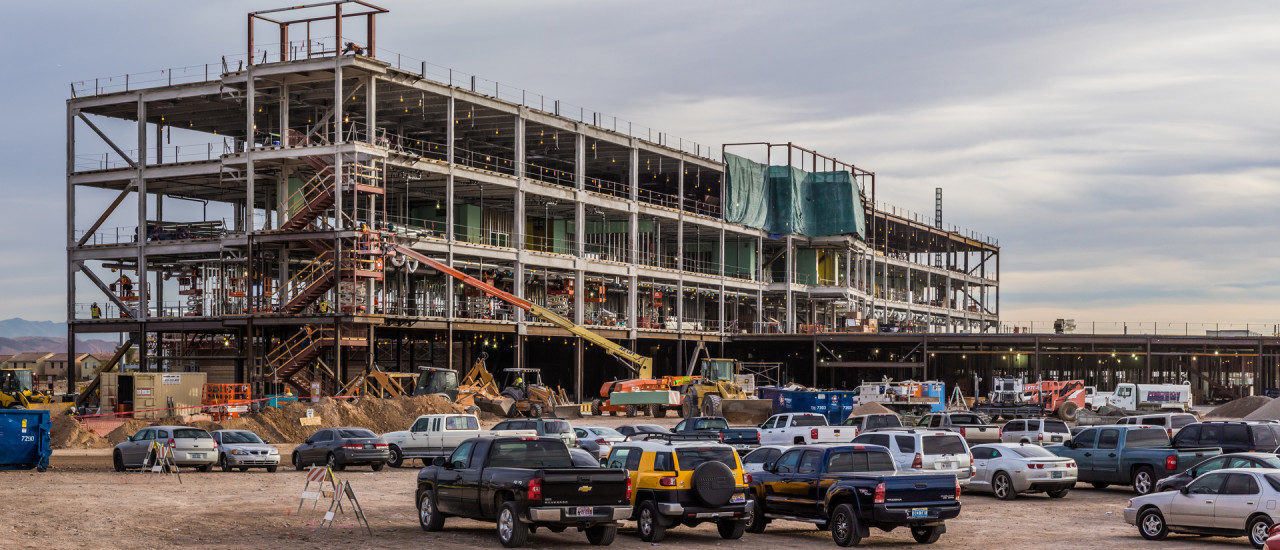The Environmental Protection Agency (EPA) estimates that there are more than 450,000 brownfields in the United States, a brownfield being previously developed land that’s not currently in use. What can we do with all of this contaminated, undeveloped land? Architects have the answer: brownfield redevelopment of urban areas.
Nearly every major city in the United States has at least one unused brownfield site. These sites waste valuable space and negatively impact the health of residents. By committing to converting these brownfields into greenfields, architects make cities much more environmentally friendly and livable for families.
Why Brownfield Redevelopment of Urban Areas Is Essential
Greenfield land often sells at a premium in major cities around the United States. That’s because there’s very little undeveloped land still available in densely-populated areas. Most greenfield land has already been used or earmarked for residential and commercial buildings.
However, in many cities, there’s still plenty of brownfield land to go around. For example, Detroit is home to a number of abandoned automotive manufacturing factories. One of these factories, the Packard Automotive Plant, is actually the largest abandoned site in the world, spanning a total of 40 acres.
Unused brownfield sites like this waste valuable space in urban areas that could otherwise be converted into new residential buildings or thriving commercial business centers.
Contaminated brownfields can also negatively impact the health of people living nearby. Some brownfields are contaminated with harmful substances like:
- Heavy metals
- Asbestos
- Hydrocarbon spills
- Pesticides
- Solvents
- Tributyltins
While most of these sites are well-contained and located away from residential zones, there’s still a risk of exposure to the surrounding community. It also limits where families can live.
Brownfield redevelopment of urban areas solves both of these problems. When you decontaminate a brownfield site, you make it possible for families to move closer to the area without risking their health.
You also foster sustainability and better environmental stewardship. Rather than building around the outskirts of a city and adding to urban sprawl, you can reuse land in the city core. This land will no longer go to waste and, moreover, you can potentially undo some of the environmental damage caused by the previous infrastructure. For example, removing pesticides from the soil may allow local flora to grow again. This, in turn, has a positive impact on city dwellers as they can enjoy views of nature in an otherwise industrial neighborhood.
Although brownfield development of urban areas is vital, the process of converting the site can be prohibitively costly. Architects must take several factors into consideration when they design these sites for commercial, civic, or residential purposes.
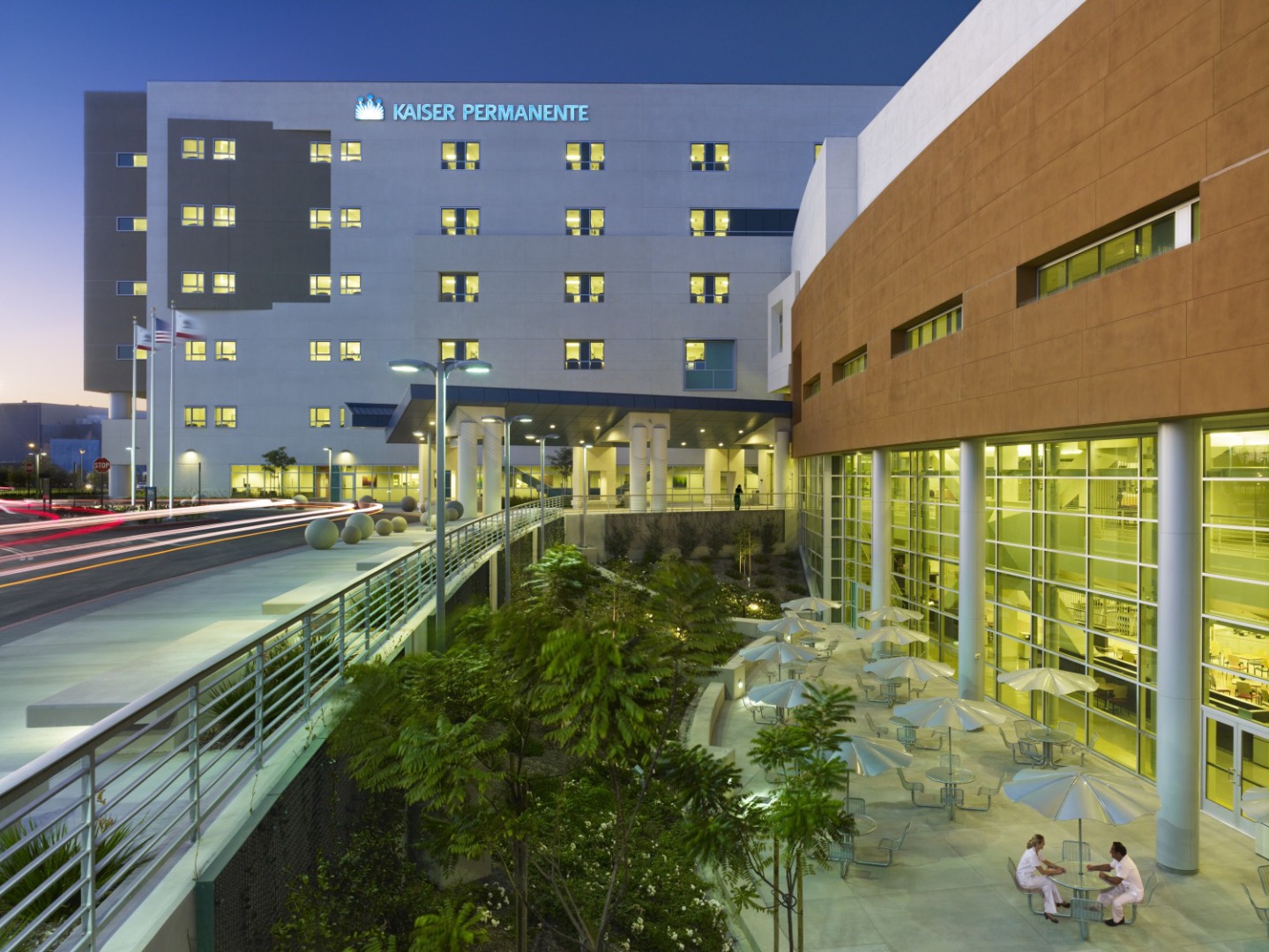 How Architects and City Planners Convert Urban Brownfield Sites
How Architects and City Planners Convert Urban Brownfield Sites
Every brownfield is different and therefore requires a unique redevelopment plan. Still, there are a few basic redevelopment techniques that architects and city planners use in many brownfield projects. These are:
- Working closely with government agencies. Some urban brownfields were previously used by state and federal government agencies. According to the Comprehensive Environmental Response, Compensation, and Liability Act (CERCLA), all parties responsible for the contamination must pay for all or a portion of the cost to decontaminate it. This means that, in some cases, brownfield redevelopment of urban areas may be funded in part by these government agencies. For example, the new Kaiser Permanente Downey Hospital is being built on a renovated brownfield site that was once used as a United States Army base. The site required multiple processes including bioremediation, incineration, excavation, building demolition, and material reclamation. This led to significant cost savings for Kaiser.
- Using bioremediation instead of manual decontamination. Bioremediation is the process of using plants and microorganisms to decontaminate soil. Different bacteria and plants consume different types of pollutants, so the specific technique used will differ from site to site. This process is often cheaper and requires less effort than incineration or excavation. Bioremediation also uses fewer resources and is more environmentally friendly.
- Making use of existing infrastructure. While most existing brownfield buildings have to be demolished, there is a possibility that these resources can be repurposed depending on the extent of the contamination. Even if none of the existing infrastructures can be saved, architects still have access to city resources that surround the building. They can design the new building so that it can be easily accessed from nearby infrastructures, like train stations, bus stops, or civic centers.
- Using phased redevelopment solutions. Decontaminating a site all at once is cheaper than decontaminating it in sections. However, not all planners have years to wait for the decontamination process to finish. Architects may focus on decontaminating one area of the site and later expand into surrounding areas. For example, you can build an overflow parking lot on top of a site that has very deep soil contamination because the deep soil doesn’t have a negative impact on visitors or residents. Bioremediation can happen beneath the parking lot, concurrently with its use. Later, if you want to expand the building or campus, you can excavate the parking lot and decontaminate it more thoroughly.
- Choosing sites in the city core. If architects or building planners have a choice over which brownfield site to use, they will usually pick a site that is closest to the city core. That’s because, as noted above, these sites are closer to important landmarks and streets. It also balances out redevelopment costs. People are more likely to use the new building if it’s in a convenient location. This is why many hospitals, civic centers, universities, and public schools are built in these locations.
These are just some of the techniques that architects and urban building planners use to convert a brownfield site. In order to find the best solution for your specific project, you should hire an experienced architecture firm to create a plan for your unique needs, budget, and deadline.
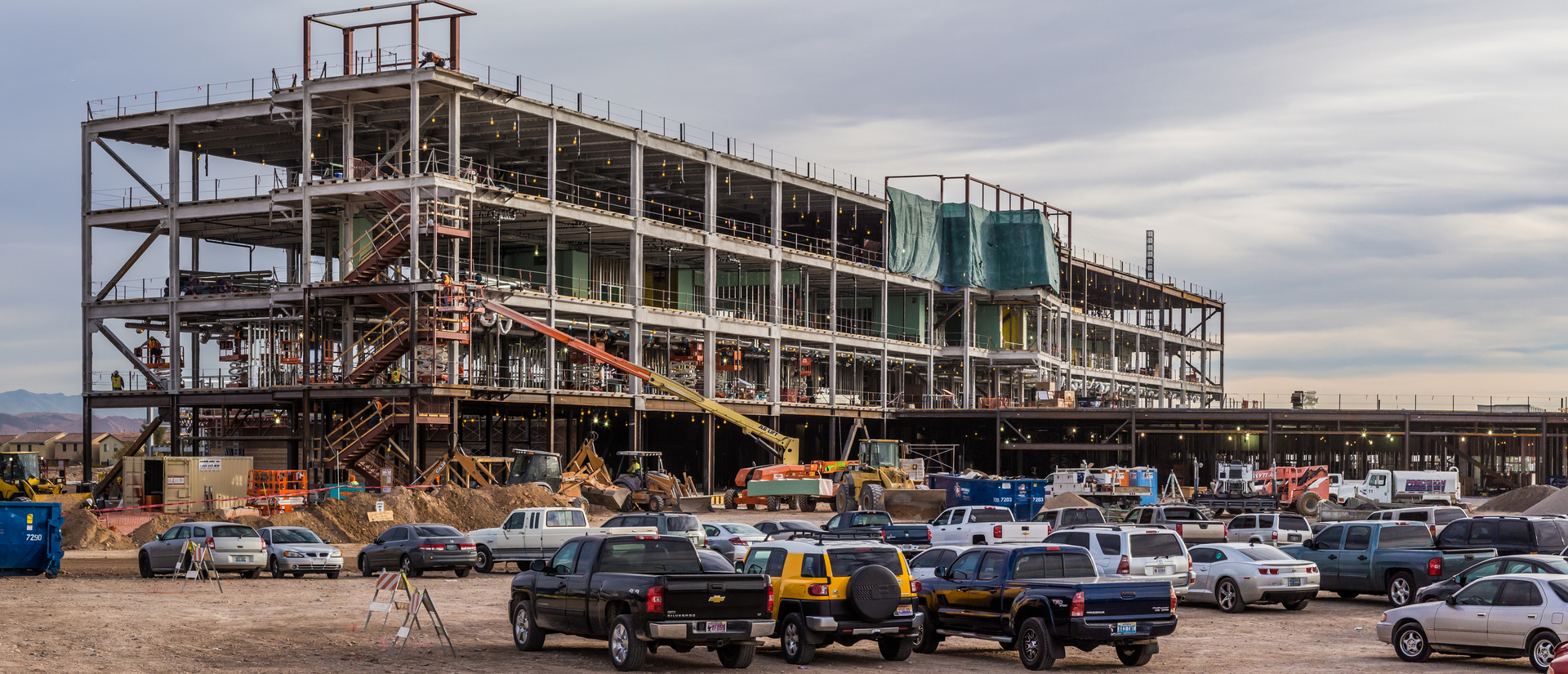 Should You Redevelop an Urban Brownfield Site?
Should You Redevelop an Urban Brownfield Site?
Although there are a number of benefits to brownfield redevelopment in urban areas, it isn’t the right choice for every project. For one thing, there must be monetary value in the location you choose. The cost of decontaminating and redeveloping a brownfield is very high, especially if you are unable to get assistance from the state or federal government agencies as many schools do.
From a developer’s perspective, it’s important to calculate exactly how much it will cost to remedy the site and compare it to the potential profits you’ll earn from having the site in that specific location. Generally, unless you’re building a community hospital, retail center, or multi-dwelling unit, the renovation costs may be too great.
If you are able to afford the upfront redevelopment costs, the process of converting a brownfield is a gratifying one. HMC Architects believes that we all have a moral responsibility to remove the Earth’s contamination. Not only does it offer you the benefits that come with being located in the city core, but it often garners goodwill from the community too.
Families will enjoy seeing an abandoned industrial plant converted into a beautiful hospital or civic center. By transforming these rundown spaces, you add value to the neighborhood and make it a more enjoyable place to live.
